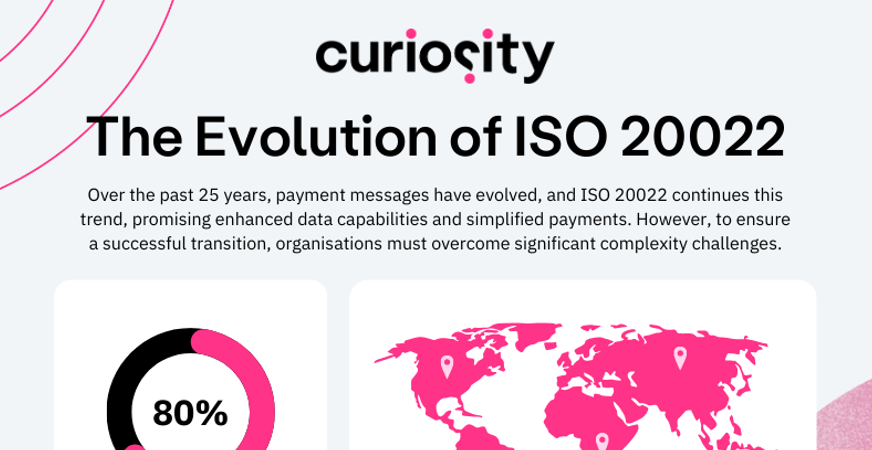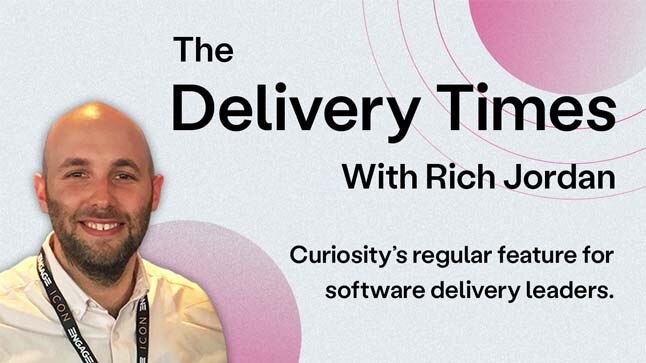In today's fast-paced financial landscape, where seamless data exchange is crucial for operational efficiency, the adoption of ISO 20022 has emerged as a global standard for financial messaging. While the advantages of ISO 20022 are widely recognized, the migration process presents numerous challenges for organizations, particularly when it comes to testing.
In this blog, we will explore how the migration to ISO 20022 globally affects testing and the strategies organizations can employ to overcome these hurdles.
1. Testing complexity and coverage
The transition to ISO 20022 requires extensive testing to ensure data accuracy and seamless functionality across all systems and stakeholders. With a wide range of financial messaging needs, such as payments, securities, and trade finance, ISO 20022 presents a highly complex landscape for testing. Organizations need to devise comprehensive test scenarios that cover various message types, formats, and use cases.
To address this challenge, organizations should prioritize testing from the early stages of the migration process. A structured approach to testing, including a well-defined test plan, test cases, and test data, is essential. Automated testing solutions can significantly improve testing efficiency and coverage, allowing organizations to detect and resolve issues more effectively.
2. Data mapping and transformation testing
One of the most critical aspects of ISO 20022 migration is data mapping and transformation. Organizations often struggle to convert data from legacy formats to the new standard accurately. Testing data mapping and transformation is a complex task, as errors can lead to data discrepancies and transaction failures, impacting the organization's operations and reputation.
To address this challenge, organizations must invest in data transformation testing tools that can validate data mapping rules and identify potential issues before full-scale implementation. Additionally, conducting data reconciliation between the old and new formats during testing can provide an added layer of assurance.
3. Integration testing with multiple stakeholders
ISO 20022 migration involves the collaboration of various stakeholders, including financial institutions, payment service providers, and business partners. Integration testing with multiple stakeholders can be particularly challenging, as each participant might have different systems and configurations that need to be tested for compatibility.
To tackle this issue, organizations should establish a dedicated testing environment that closely resembles the production environment and includes all relevant stakeholders. Conducting integration testing in this environment helps identify and resolve any interface-related issues early in the process, reducing the risk of disruptions during the actual migration.
4. Performance and scalability testing
As financial systems process vast amounts of data daily, performance and scalability are crucial considerations in ISO 20022 migration testing. Organizations must ensure that the new standard can handle peak transaction loads without compromising system performance.
To address this challenge, stress testing and load testing are essential. These tests simulate high volumes of transactions and assess the system's performance under such conditions. Identifying performance bottlenecks and optimizing system resources can prevent potential failures when the system faces heavy workloads.
5. Regression testing for existing systems
Migrating to ISO 20022 involves making significant changes to existing systems and processes. As a result, there is a risk of introducing new bugs or errors during the migration. Regression testing becomes crucial in verifying that the migration does not negatively impact existing functionalities.
To mitigate this risk, organizations should conduct thorough regression testing on all impacted systems before and after the migration. Automated regression testing can help streamline this process, allowing organizations to maintain system stability while adopting the new standard.
The result: Smooth migrations to ISO 20022
The global migration to ISO 20022 is a transformative journey that promises enhanced data capabilities and improved financial messaging. However, the testing challenges involved should not be underestimated. Organizations must address the complexity of testing, data mapping and transformation, integration with stakeholders, performance, scalability, and regression to ensure a successful migration.
By adopting a proactive approach to testing and investing in the right testing tools and expertise, organizations can mitigate risks, reduce downtime, and ensure a smooth transition to ISO 20022.
A well-executed testing strategy will not only safeguard the organization's operations but also position them at the forefront of the evolving financial landscape, ready to embrace the advantages of the new standard with confidence.










